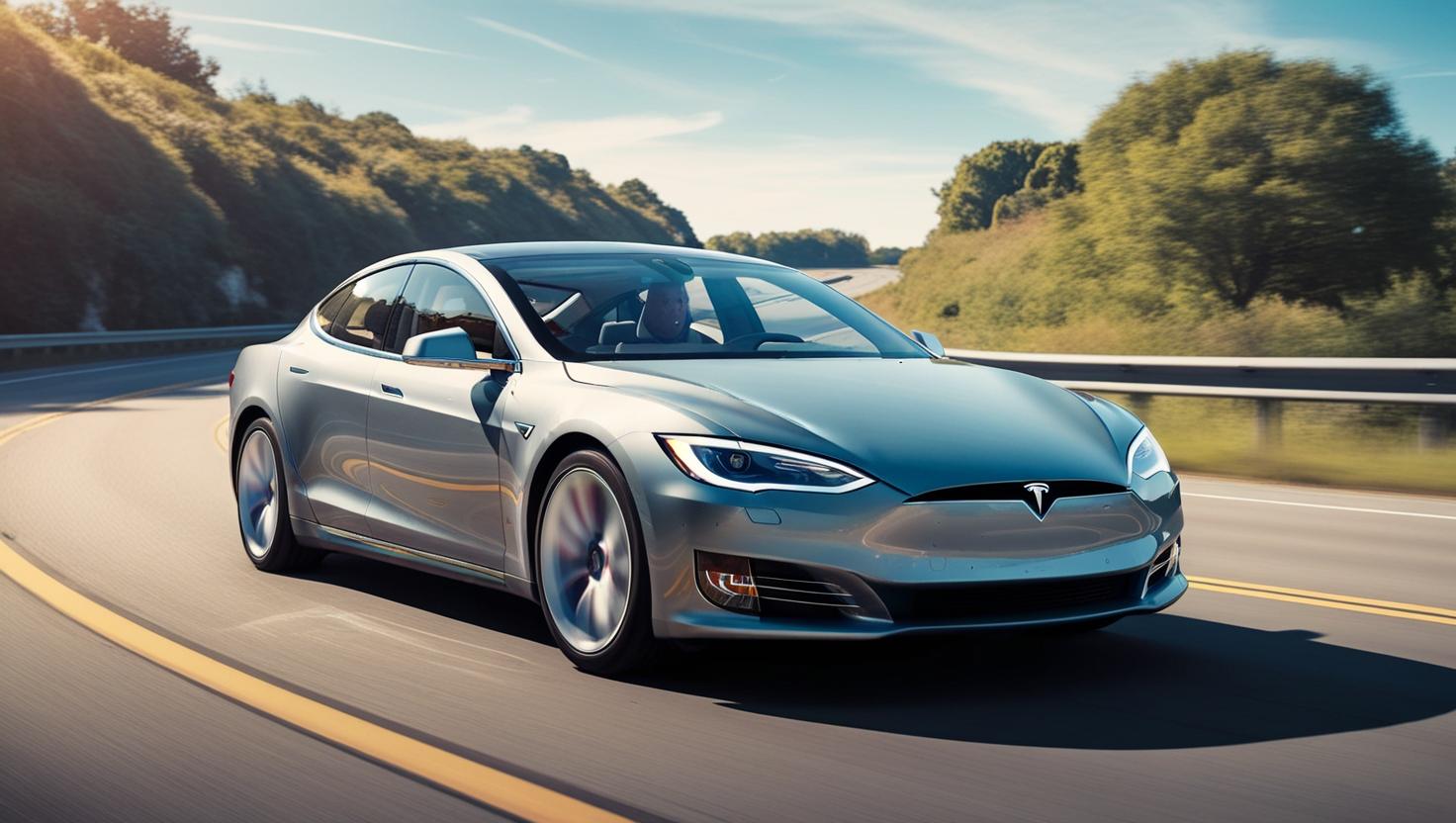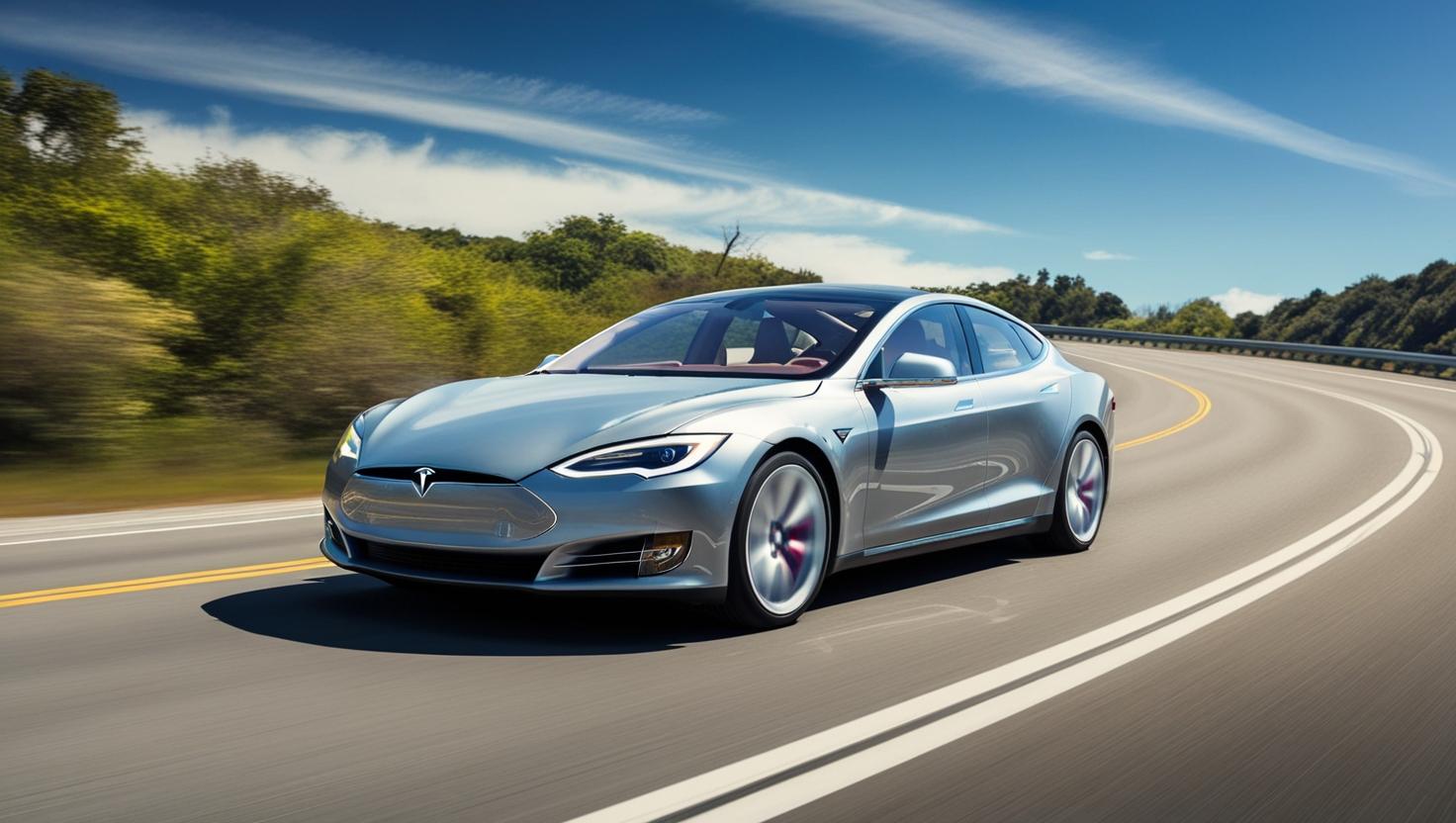The Evolution of PC Software: From Past to Present
The evolution of PC software from the early days of rudimentary programs to today's advanced applications has revolutionized personal computing, transforming industries and daily life.

Tesla's self-driving technology and its potential to foster a more sustainable future for transportation. It will likely discuss how autonomous driving could lead to optimized energy consumption, reduced emissions, and more efficient urban planning
The future of transportation is undergoing a radical transformation, with electric vehicles (EVs) and autonomous driving at the forefront of innovation. Tesla, a leader in EV technology, is pioneering self-driving cars through its Full Self-Driving (FSD) system. But does Tesla’s self-driving car truly hold the key to a sustainable future? Let’s explore the environmental, economic, and technological aspects of this question.

Table of contents [Show]
Tesla’s self-driving system relies on artificial intelligence (AI), cameras, radar, and neural networks to enable autonomous navigation. The company’s Full Self-Driving (FSD) package offers features such as:
Tesla continuously improves these capabilities through over-the-air (OTA) software updates, leveraging real-world driving data.
A sustainable future hinges on reducing carbon emissions, minimizing resource consumption, and improving efficiency. Here’s how Tesla’s self-driving technology contributes:
Tesla’s cars are fully electric, producing zero tailpipe emissions. When powered by renewable energy sources like solar or wind, their carbon footprint is significantly lower than gasoline-powered vehicles.
Self-driving cars can reduce congestion through optimized driving patterns, better route planning, and coordinated vehicle movement. Fewer traffic jams lead to lower emissions and better fuel efficiency.
Tesla’s AI-powered driving system promotes eco-friendly driving habits, such as gentle acceleration and braking, which help conserve battery life and reduce overall energy consumption.
By eliminating aggressive driving behaviors, autonomous vehicles can reduce road damage, leading to fewer infrastructure repairs and lower environmental impact.
Despite the promise of sustainability, there are key challenges to Tesla’s self-driving technology.

Tesla’s impact extends beyond self-driving cars. The company is investing in:
If Tesla successfully integrates self-driving technology with renewable energy, it could create a circular sustainability model.
Not yet. Tesla’s FSD is still in beta testing and requires driver supervision.
Yes. Autonomous driving optimizes acceleration, braking, and routing, reducing energy consumption.
Tesla focuses on solar energy, battery storage, and reducing supply chain emissions.
Yes. Shared self-driving cars can reduce vehicle production needs, lowering emissions.
Not entirely, but it can reduce inefficiencies, making traffic flow smoother.
Tesla’s self-driving cars present an innovative pathway to a sustainable future, but they are not the sole solution. Their success in achieving true sustainability depends on:
While Tesla’s self-driving technology plays a crucial role, achieving sustainability requires a holistic approach, involving policy changes, renewable energy adoption, and smarter urban planning.
The evolution of PC software from the early days of rudimentary programs to today's advanced applications has revolutionized personal computing, transforming industries and daily life.
Discover the top 10 must-have PC software for 2024, featuring essential tools for productivity, security, creativity, and more. Stay ahead with our comprehensive guide.

